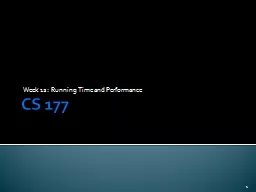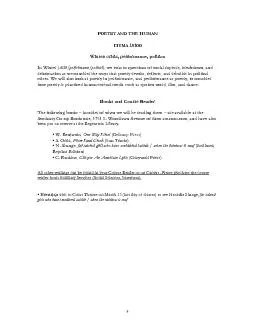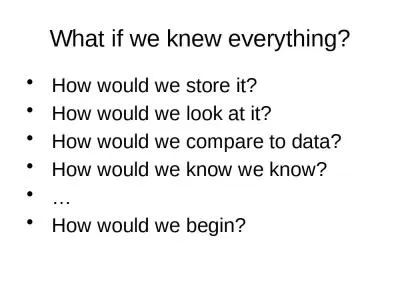PPT-CS 177 Week 11: Class
Author : pamella-moone | Published Date : 2019-06-23
Design 1 Designing reusable classes Most classes are meant to be used more than once This means that you have to think about what will be helpful for future programmers
Presentation Embed Code
Download Presentation
Download Presentation The PPT/PDF document "CS 177 Week 11: Class" is the property of its rightful owner. Permission is granted to download and print the materials on this website for personal, non-commercial use only, and to display it on your personal computer provided you do not modify the materials and that you retain all copyright notices contained in the materials. By downloading content from our website, you accept the terms of this agreement.
CS 177 Week 11: Class: Transcript
Download Rules Of Document
"CS 177 Week 11: Class"The content belongs to its owner. You may download and print it for personal use, without modification, and keep all copyright notices. By downloading, you agree to these terms.
Related Documents














